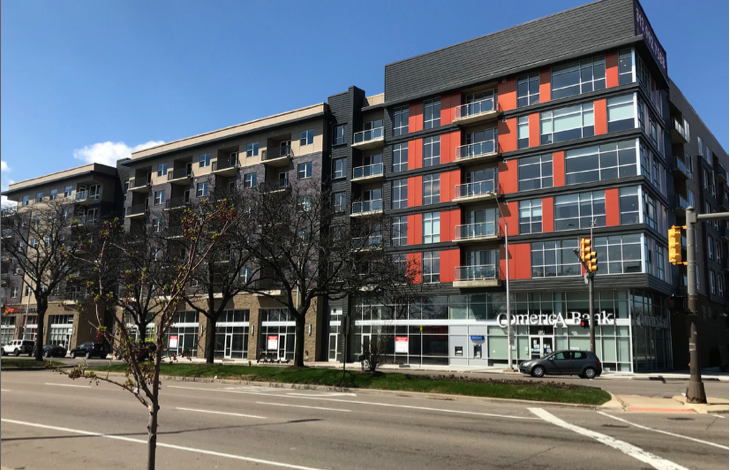— The following article was contributed by Michele Wildman, senior vice president at the Michigan Economic Development Corporation (MEDC).
When it comes to economic development, topics around jobs and private investment often dominate the conversation – and there is no doubt they are a crucial driver of growth and talent attraction. Often missing from this conversation are factors necessary to support the individuals who fill those jobs and drive growth in our communities – attainable housing is one of these key factors that is critical for economic development success.
Workers want safe, attractive and affordable housing options with access to businesses, public services, cultural amenities and community assets – and yet, here in Michigan, there is a housing shortage across all housing types and price points. At the Michigan Economic Development Corporation (MEDC), we are specifically targeting housing targeted toward households with incomes between 80 percent and 120 percent of the area median income (AMI) in growing the inventory of housing for Michigan’s workforce.
Harvard’s Joint Center for Housing Studies issued a report in 2019 that identified a wide range of factors contributing to the problem. Shrinking inventory, especially of low-cost housing, too-few housing units at lower price points, the high cost of construction, cities that are priced out of reach for many and rising prices, which are pushing younger buyers out of the market.
These factors have contributed to the inventory of workforce housing shrinking over the last 30 years. Other factors are specific to the housing shortage in the middle part of the market. Zoning, for example, is often a significant factor. A 2019 article in The New York Times reported that 75 percent of the residential land in many cities is zoned to preclude building anything other than detached, single-family homes.
But we can approach the problem differently by utilizing economic development tools to support diverse housing options that fill market gaps, increase density and revitalize underutilized properties in key urban cores and neighborhoods.
Residential projects can convert vacant land or underutilized space into active use, adding value to the tax base and enhancing the vibrancy of the area. Housing also adds financial resilience to mixed-use districts as residential rental income can supplement income generated by commercial tenants in traditional mixed-use buildings, while residential tenants also contribute to the customer base and viability of the commercial tenants.
For example, the City Hall Artspace Lofts project in Dearborn utilized the former Dearborn City Hall campus into 53 units of affordable space to both live and work, targeted to artists and their families, while also creating commercial spaces that are supporting a center of innovation and creating a new anchor institution for the region’s creative economy.
Projects like this are good for our downtowns and they are also good for ensuring we can meet the talent attraction and retention needs critical to business growth in the state. The Center for Housing Policy has pointed out (that) without affordable, attainable workforce housing, area employers and regional economies are at a significant competitive disadvantage in attracting and retaining workers.
Adding quality, attainable housing provides greater access to public spaces, community services, public and non-motorized transportation, commercial amenities, jobs and other important resources that impact quality of life and sometimes reduce household budget costs that help Michigan continue to stand out as place where affordability and a high quality of life can go hand-in-hand.
We are committed to encouraging the development of workforce housing options, not only through direct financial support, but also by encouraging projects that utilize density, smaller unit sizes, more overall units, shared amenities, walkable location and other demonstrated strategies for increasing housing supply and producing more affordable housing units.
And while our efforts at the MEDC are focused on supporting this growth in attainable housing, we are working alongside our colleagues at the Michigan State Housing Development Authority (MSHDA) as they lead Michigan in a collaborative, statewide, data-driven planning process to create the first-ever strategic, five-year housing plan describing the state’s approach to resolving our housing challenges.
You can learn more about that effort, provide feedback or register to receive updates at michigan.gov/housingplan. By informing the goals and strategies for housing in Michigan with your feedback and insights, you will play an essential role in ensuring the availability of safe, affordable, conveniently located, quality housing for all Michiganders.
Working together to ensure housing needs across the state are met – regardless of geography or income – remains a critical component of growing economic opportunity for every Michigander in the state.
Interested in learning more about the MEDC’s community development initiatives? Visit miplace.org or sign up for the Community Development newsletter here to stay up-to-date on program news and announcements.






Leave a Reply